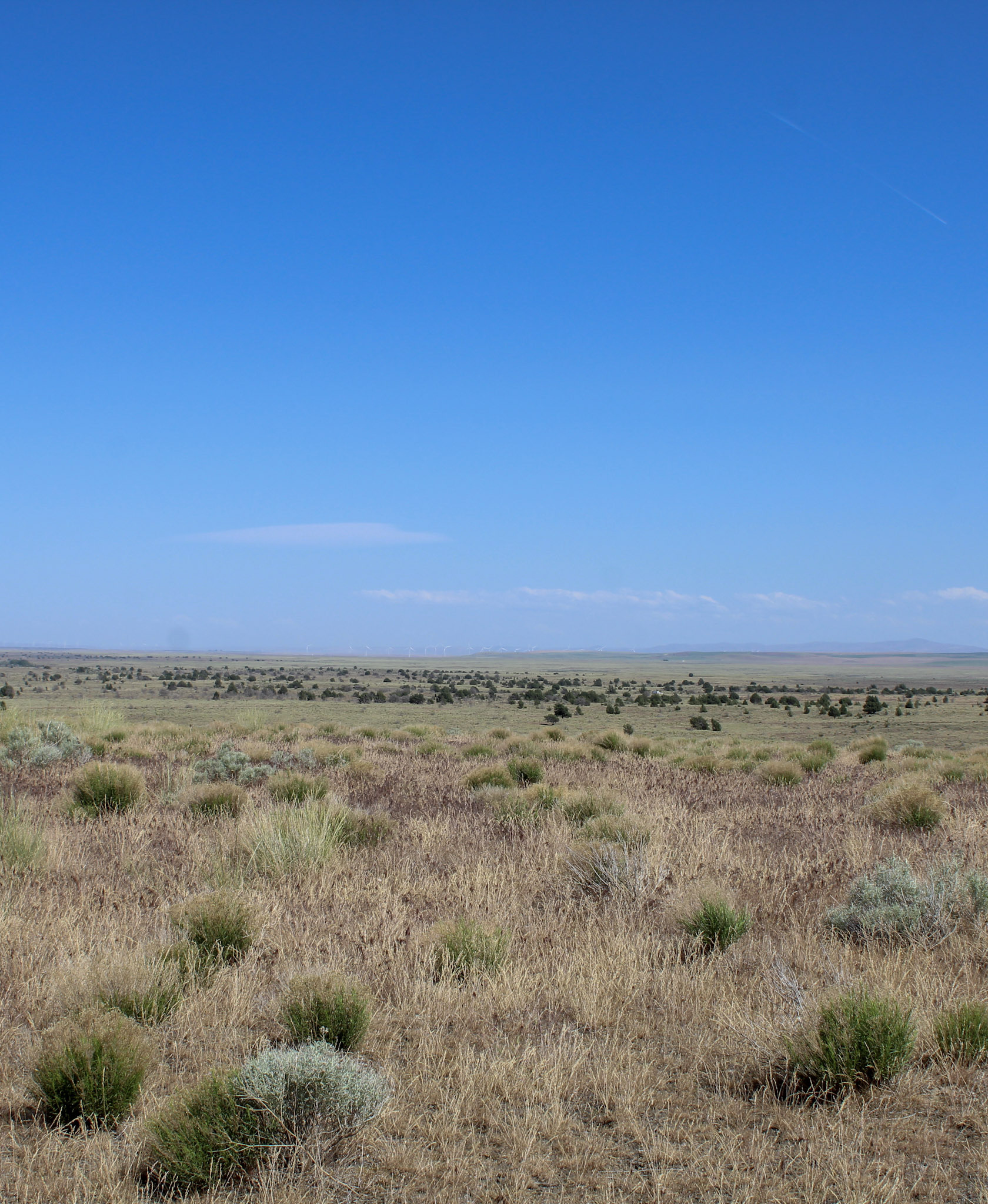Regenerative Agriculture: A New Name for a Longstanding Commitment
| Posted in: Land Sustainability & Stewardship
Farmers and gardeners across the country are celebrating National Pollinators Week as June winds down, reflecting on how agriculture and the natural world are intertwined. As farmers, we celebrate this beautiful place where we grow crops, tend our livestock, and spend our time 365 days a year.
Farmers have always been a critical force in protecting the natural world.
Over the years, we’ve used words like green, sustainable and responsible to describe the ethic that drives decisions at Threemile. But the general understanding of these terms ebbs and flows with time. Today, many scientists and policymakers are using the phrase “regenerative agriculture,” as a way to describe farms that support the natural systems around them, often with a focus on strategies for soil health. We wouldn’t have a farm without our soil, and our practices ensure that all the microbes that help plants grow remain healthy.

Many of these regenerative practices reflect the ethic that Threemile has embraced since our founding to be good stewards of our land, now and for our children and grandchildren:
Cover Cropping: Cover crops are planted in the fall and will grow in our fields during the winter months. This helps prevent soil erosion, increase soil fertility and organic matter. The cover crops are then harvested in the spring to feed our dairy livestock.
Crop Rotation: The extended crop rotation schedule we follow helps minimize disease and increases crop quality. Rotational crops like corn and alfalfa are used to rest the fields in between potato crops.
Compost & Nutrient Management: Nutrient rich manure from the dairy is used as organic fertilizer. Nutrients are applied on a circle-to-circle basis based on what the Threemile agronomists decide each field needs.
Minimum Tillage: Minimum till practices are used to prevent soil erosion, minimize fuel usage and leave ground undisturbed. This supports the health of soil microbes that help plants grow and resist pests.
Integrated Pest Management: Effective and environmentally sensitive approaches are followed to manage pests in our fields in a way that considers the whole ecosystem. We utilize information on the life cycle of pests and their interaction with the environment to manage them using the minimum amount of pesticides.

Biodiversity Conservation: We partner to conserve 23,000 acres of habitat on our farm via an agreement with the US Fish and Wildlife service to ensure the health of four protected species – the Washington ground squirrel and three birds: loggerhead shrikes, the sage sparrows, and ferruginous hawks. But dozens of different kinds of wildlife, including pollinators that are key for the fruits and vegetables we grow, make their homes on that land, benefitting the health of our farm.
As farmers, we work every day to protect our natural resources and leave the land we call home healthier than we found it, so that Eastern Oregon can continue to feed the world for generations to come.
